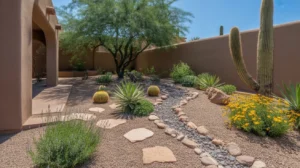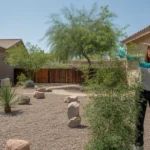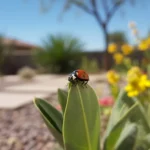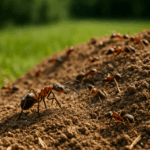When it comes to keeping pests at bay in your Gilbert yard, smart landscape design can make a big difference. By incorporating certain plants, features, and maintenance practices, you can create an outdoor environment that naturally deters common pests while still looking beautiful. Here are some effective pest control landscaping ideas to try in your Gilbert backyard.
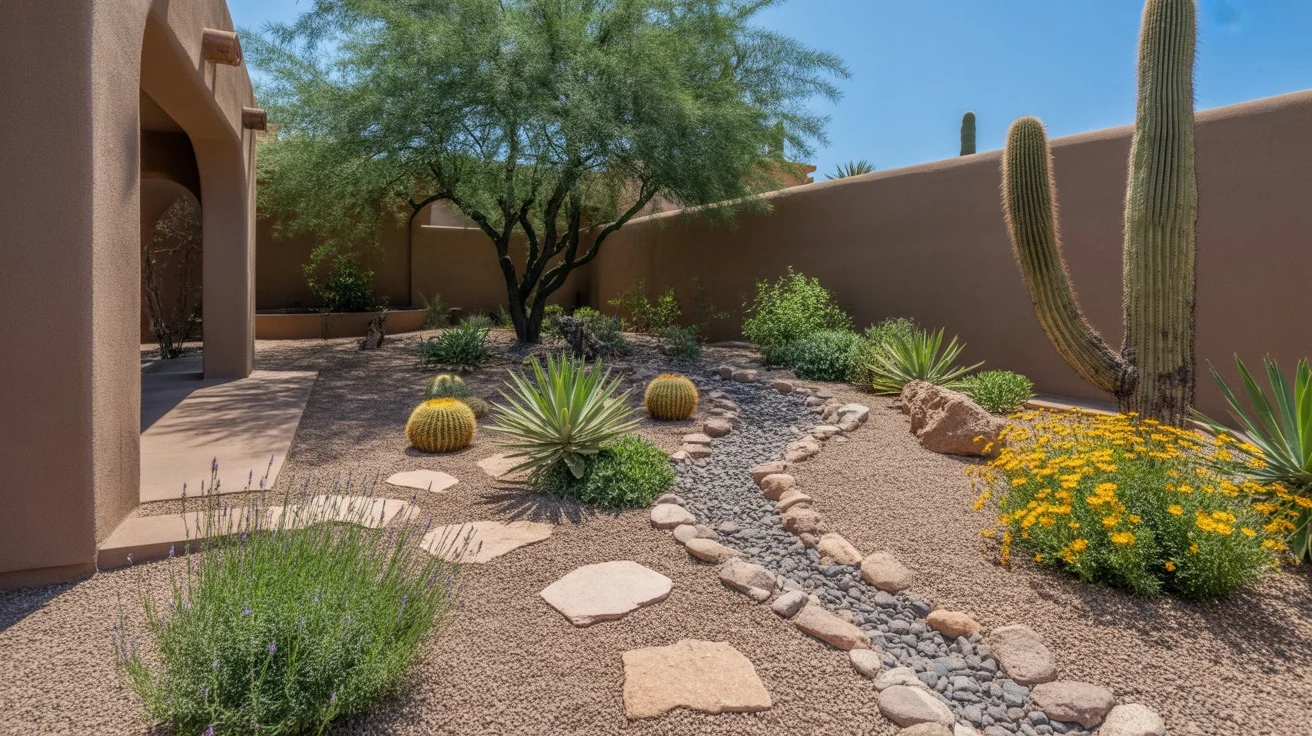
Choose Pest-Repelling Plants
One of the simplest ways to discourage pests through landscaping is to select plants that naturally repel insects and other critters. Many herbs, such as basil, mint, rosemary, and lavender, give off scents that deter mosquitoes, flies, and even rodents. Marigolds are another great option, as they contain a compound called pyrethrum which repels mosquitoes, aphids, and even rabbits.
When planning your Gilbert garden beds or containers, try interplanting pest-repelling varieties among your other ornamentals and edibles. Not only will they help keep pests away, but herbs like basil and mint can also be harvested for cooking. Lavender and marigolds will add beautiful color and texture to your yard as well.
Eliminate Standing Water
Mosquitoes are one of the most annoying backyard pests in Gilbert, and they breed in standing water. To keep their populations down, it’s important to eliminate any sources of stagnant water in your yard. This includes emptying saucers under potted plants, changing birdbath water regularly, and ensuring proper drainage around your foundation and in low-lying areas.
When designing your Gilbert landscape, consider incorporating features that prevent water from pooling. For example, use gravel or river rock in drainage swales or French drains to encourage water to percolate into the soil. If you have a water feature, make sure it includes a pump to keep the water moving and prevent mosquito breeding.
Maintain Your Yard Regularly
A well-maintained yard is less attractive to pests than an overgrown one. Keep your lawn mowed to a proper height, and trim back any dense vegetation or low-hanging branches that could provide shelter for pests. Regular pruning also improves air circulation, which can help prevent fungal diseases that attract insects.
Be sure to remove any fallen fruit, nuts, or berries from trees and shrubs, as these can attract rodents and other wildlife. Keep your garden beds tidy by pulling weeds and cleaning up dead plant material. You may also want to add a layer of mulch, which can help suppress weeds and retain soil moisture while still allowing good drainage.
Use Physical Barriers
In some cases, physical barriers can be an effective way to keep pests out of certain areas of your yard. For example, if rabbits or javelina are a problem, consider installing a fence around your vegetable garden or individual plant cages around young trees and shrubs. Make sure the fence is at least 2 feet high and buried several inches into the ground to prevent animals from burrowing underneath.
Copper barriers can be used to deter slugs and snails from reaching your plants. Simply wrap a strip of copper flashing or tape around the base of planters, raised beds, or even individual plants. When slugs or snails try to cross the copper, they receive a mild electric shock that deters them.
Attract Beneficial Predators
Not all insects and wildlife are pests – some can actually help control populations of the bugs you don’t want around. Ladybugs, lacewings, and praying mantises all prey on common garden pests like aphids, mites, and caterpillars. Planting a diverse mix of flowering plants will attract these beneficial predators to your yard.
Birds can also be great allies in the fight against pests. Many species feed on insects, as well as rodents and small reptiles. Encourage birds to visit your yard by providing a clean water source, native plants with berries or seeds, and places to nest or perch. Just be sure to keep birdfeeders and baths clean to avoid attracting unwanted pests.
By implementing these pest control landscaping ideas in your Gilbert yard, you can create an attractive outdoor space that naturally keeps pests at bay. Combined with targeted treatments as needed, these design strategies can help you enjoy a more comfortable, pest-free backyard all year long.

